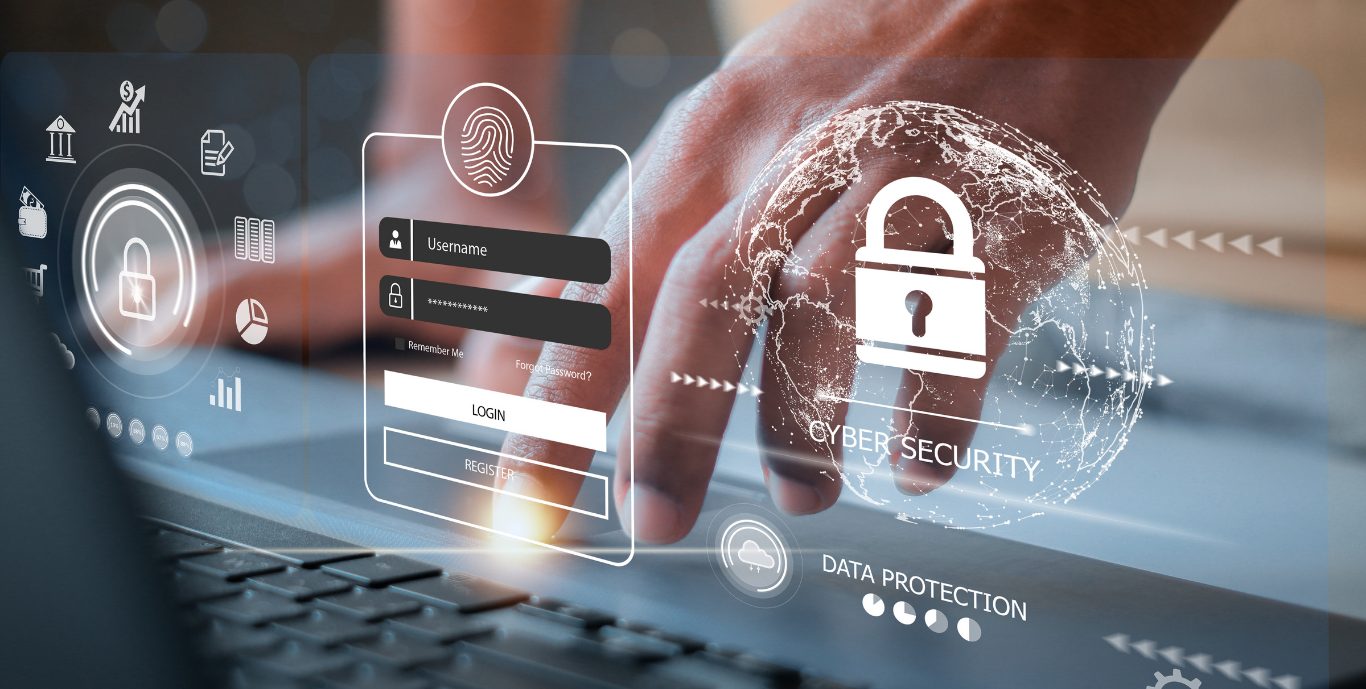Previous Blog Posts
Continue to our Previous Blog Posts

Nothing is out of bounds for scammers, and now they’re targeting churches and the people in them. One way they do this is by using church directories. These directories, meant to help members stay connected, can unfortunately become a gold mine for scammers looking to take advantage of kind, trusting people.
If your church has a directory that includes names, phone numbers, email addresses or even home addresses, there’s a real risk that someone could use that information for a scam.
The most common trick? Scammers pretend to be a pastor or another trusted church leader. They’ll send you a text or email that sounds something like this:

This message can look real. It might even come from what seems like your pastor’s phone number or email. But it’s not. It’s a scam.
Once you buy those gift cards and send the codes, the scammer takes the money, and it’s almost impossible to get it back.
These scams work because they’re personal. The scammer may know your name, your pastor’s name and even other people in your church. That’s all thanks to the church directory.
Churches are built on trust and generosity. Scammers know this, and they use it against you.
Here are some warning signs:
If something doesn’t feel right, trust your gut.
How to Protect Yourself
Bottom line: If someone is asking you for gift cards, even if it seems like your pastor, stop and verify. A few seconds could save you hundreds of dollars.
June 10, 2025
A bank customer recently shared that their identity theft monitoring service alerted them that their Social Security number had been discovered online, linked to an …
April 15, 2025
The appeal of remote work has grown significantly, providing flexibility and convenience for many individuals. However, this shift has unfortunately resulted in a troubling rise …
March 14, 2025
You’ve probably heard of hacked emails or social media accounts, but now, scammers target financial accounts, leading to potential economic losses and stolen personal information. …
February 28, 2025
Small business owners often ask, “What’s the one low or no-cost action I can take that will immediately improve the security of my business?” The …
January 21, 2025
Tax season is stressful enough without worrying about fraud. Unfortunately, cybercriminals and scammers exploit this time of year to deceive unsuspecting individuals and businesses into …
January 3, 2025
In neighborhoods across the country, a troubling trend is rising: thieves targeting residential mailboxes in search of valuable items, particularly personal checks. What might seem …
December 17, 2024
The holiday season often brings new electronics as gifts, including mobile phones. While upgrading to the latest device is exciting, many people overlook a crucial …
November 14, 2024
The holiday season is upon us, and for many, that means the excitement of finding the perfect gifts online! A recent report from Drive Research …
October 24, 2024
Some great football games are being played across the Mid Penn Bank footprint, with many of our resident teams having stellar seasons. The most popular …
September 26, 2024
In today’s digital age, where we maintain numerous online accounts for work, socializing, and entertainment, it’s tempting to simplify our lives using the same password …
September 12, 2024
Gaming online is a popular activity for children and teens. They enjoy connecting with friends, the challenges of the game, and developing skills including reasoning …
August 30, 2024
A sharp knife is not inherently bad. In fact, most of us use one every day and appreciate its utility and ability to make preparing …


The Mid Penn Bank Cybersecurity team studies the ever-changing cyber threats and the actions necessary to mitigate those threats. We look to be a guide to our customers throughout their cybersecurity research. Please contact us with your questions!
Please be aware you are leaving Mid Penn Bank's web site. You are being redirected to a linked site (hereafter referred to as 'site') for your convenience. The content appearing on this site is third-party content. Mid Penn Bank is not responsible for providing or updating the information found on this site. This site is provided as an informational source only.
ProceedWe advise you not to email confidential information such as account number(s) or your social security number.
Proceed